Inner and Outer Eye Corner Opening
(Epicanthoplasty)
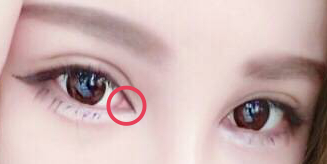
Epicanthoplasty, known medically as medial (inner) or lateral (outer) epicanthoplasty, is a type of eye surgery that aims to lengthen the inner parts of the eye to make the eye bigger. Also called the “inner corner fold removal” or “Mongolian fold correction”, this is a cosmetic procedure mostly performed in Asian countries.
One of the most prominent Asian features is the Mongolian fold (medically known as the epicanthal fold) found in the corners of the eyes. The epicanthal fold forms a web across the eye and covers the medial canthus. Simply put, this fold can impair the beauty of the eyelids and makes the eyes look smaller laterally and more tired-looking.
Epicanthoplasty is sought by women and men who would like to adopt a more “Westernized look” or to make the eyes not only “appear bigger, brighter, and more alert” but actually bigger physiologically. It is also often requested by patients whose epicanthal folds are abnormally large that they negatively impact the appearance and shape of the eyes. This cosmetic procedure may leave post-surgical scar lines due to incisions but can be avoided by using more advanced techniques such as Z-plasty.
Who Should Undergo and Expected Results
Epicanthoplasty is a cosmetic procedure that can be taken advantage by anyone who wishes to literally open their eyes wider than is physiologically possible. The majority of epicanthoplasty patients are of Asian descent, but it can be performed on anyone whose appearance can improve with larger eyes.
Specifically, epicanthoplasty is an ideal procedure for patients, whether male or female, who:
- Are in relatively good health
- Have well-developed epicanthal folds that compromise the normal appearance and shape of the eye *Have eyes that are abnormally far from each other in terms of distance, leading to a disproportionate appearance
- Wish to improve their overall look without sacrificing descent or ethnicity
- Have undergone or wishes to undergo double eyelid surgery to enhance their look further
How is the Procedure Performed?
Once a patient has fully decided on epicanthoplasty, a pre-surgical evaluation is performed to assess the severity of the epicanthal fold. Once assessed, the incisions are planned and marked. There are two different types of epicanthoplasty, which are:
- Inner (Medial) epicanthoplasty – This focuses mainly on the inner corner of the eye, making the eye look bigger and more open; it can also straighten slanted eyes.
- Outer (Lateral) epicanthoplasty – This procedure does not only focus on the inner eye fold, but also addresses the outer corner of the eyes. With lateral epicanthoplasty, eyes can be significantly lengthened and slanted eyes can be corrected.
Following a thorough assessment, the doctor will advise as to which procedure is best for the patient’s specific needs.
The actual epicanthoplasty usually starts with the application of local anesthesia. Once in effect, the cosmetic surgeon will make pre-planned incisions around the corner of the eye. Through these incisions, the surgeon creates small flaps to restructure the shape of the inner eyelid. Excess skin will be removed. In lateral epicanthoplasty, incisions on the outer corners of the eyes are also made. After the surgeon successfully “opens up” the eyes, the area is delicately sutured to close the open skin folds.
Epicanthal surgery is usually performed on an outpatient basis and lasts about 30 minutes to an hour. After surgery, the eyelids would appear swollen and bruised. A recovery period of two weeks is often recommended. During recovery, the eyelids are allowed to heal and return to normal, so patients are advised to rest and refrain from strenuous activities and sports. Pain medication is prescribed to manage pain. Wearing eye makeup is discouraged until after the sutures have been removed (a week after surgery).
Possible Risks and Complications
If performed by a licensed and well-experienced surgeon, epicanthoplasty is a safe procedure with very high success and satisfaction rates. However, just like any surgical procedure, there are possible risks and complications that may arise. Some possible risks that should be fully considered by the patient include:
- Poor scarring - Epicanthoplasty can be performed these days using certain techniques that utilise hidden incisions to avoid visible scarring after the procedure. However, there continues to be a risk of unexpected scarring. Scars may be noticeable for a few months, and eventually improve over time.
- Allergies - Allergies to the anesthetic or sutures are possible complications, but highly unlikely. Skin testing for allergies is typically performed prior to the procedure to avoid this complication.
- Unsatisfactory results - Disappointing results can be easily avoided by making sure that only a qualified, experienced plastic surgeon performs the procedure.
- Infection. Also an extremely rare complication, which may occur if the incisions become infected. This is easily remedied by oral or topical antibiotics.
Post-operative complications of epicanthoplasty are very rare. In practice, the procedure is easily performed without any problems, with patients highly satisfied with their brand new set of bigger, brighter eyes.
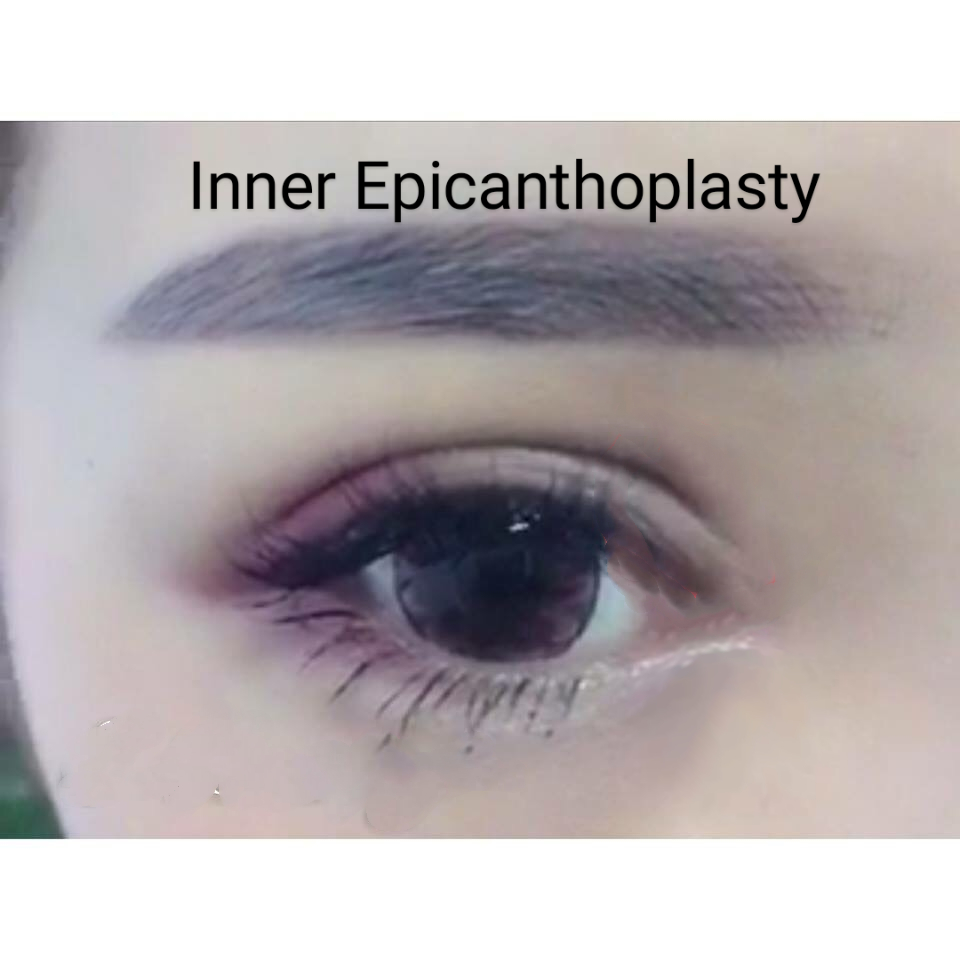
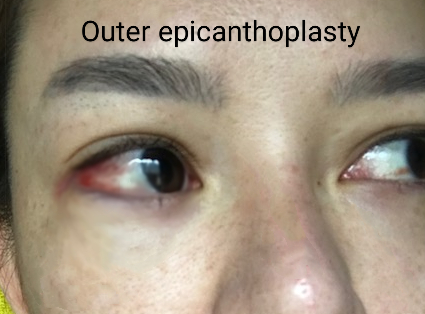
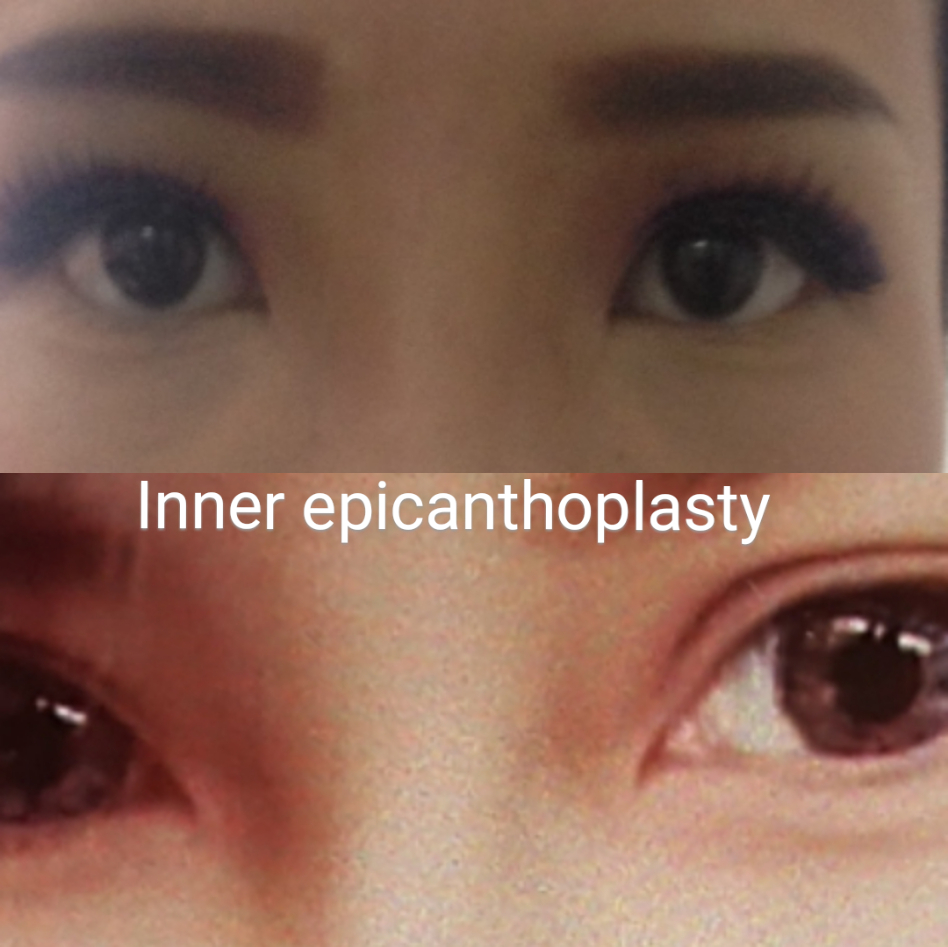
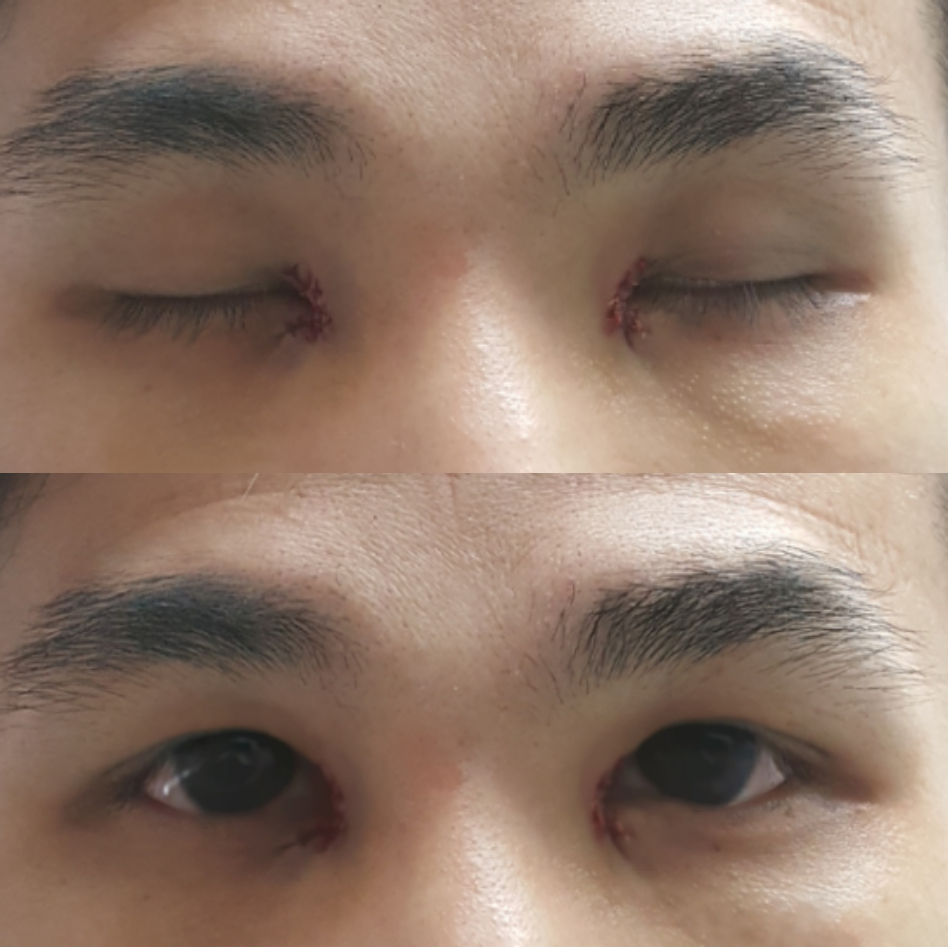
.png)
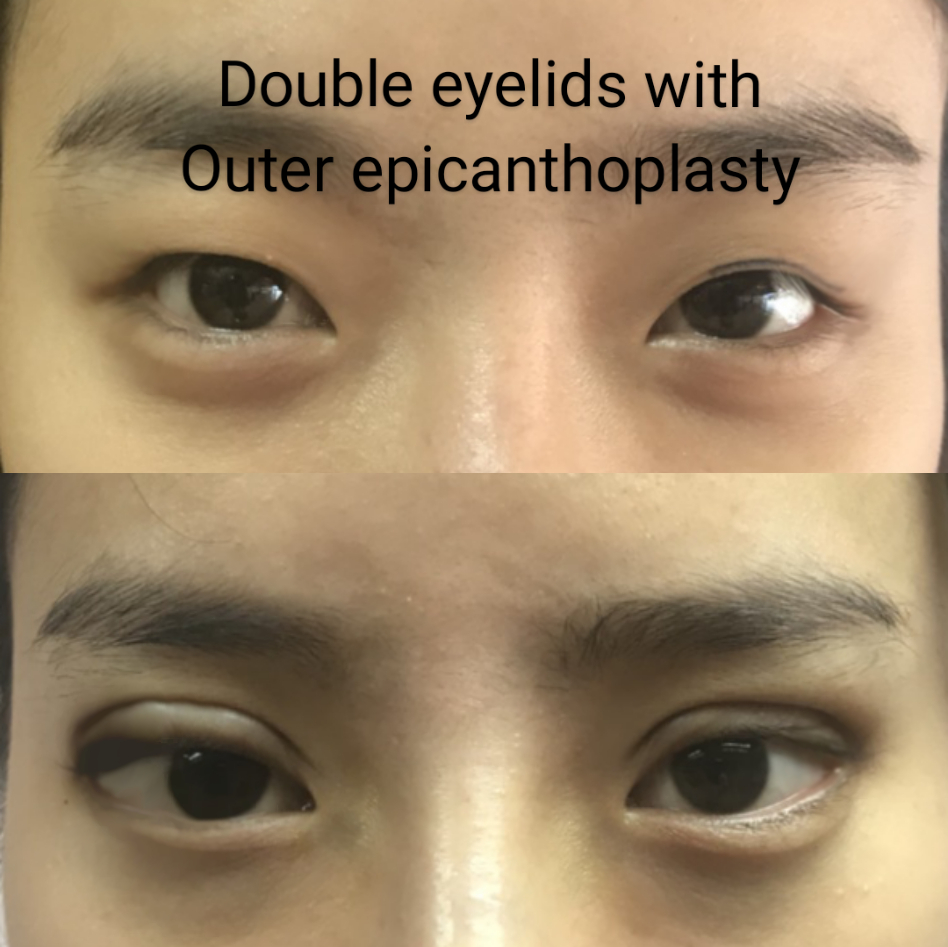
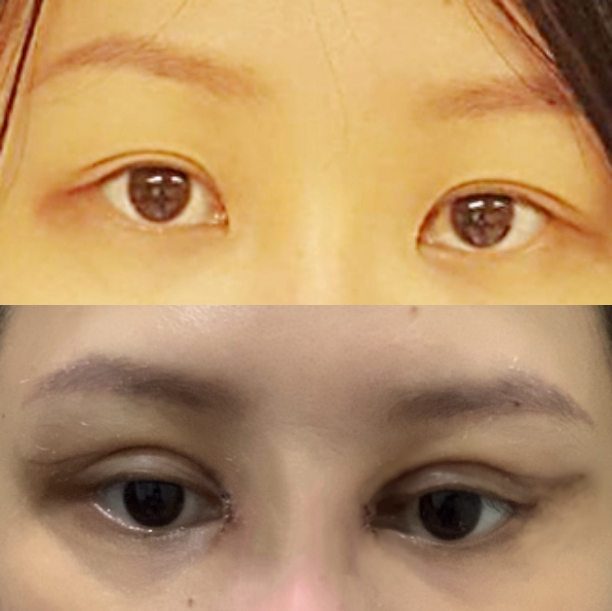
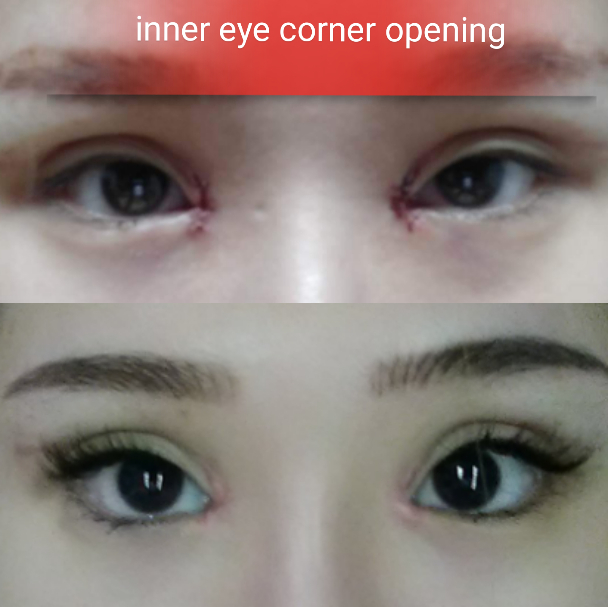
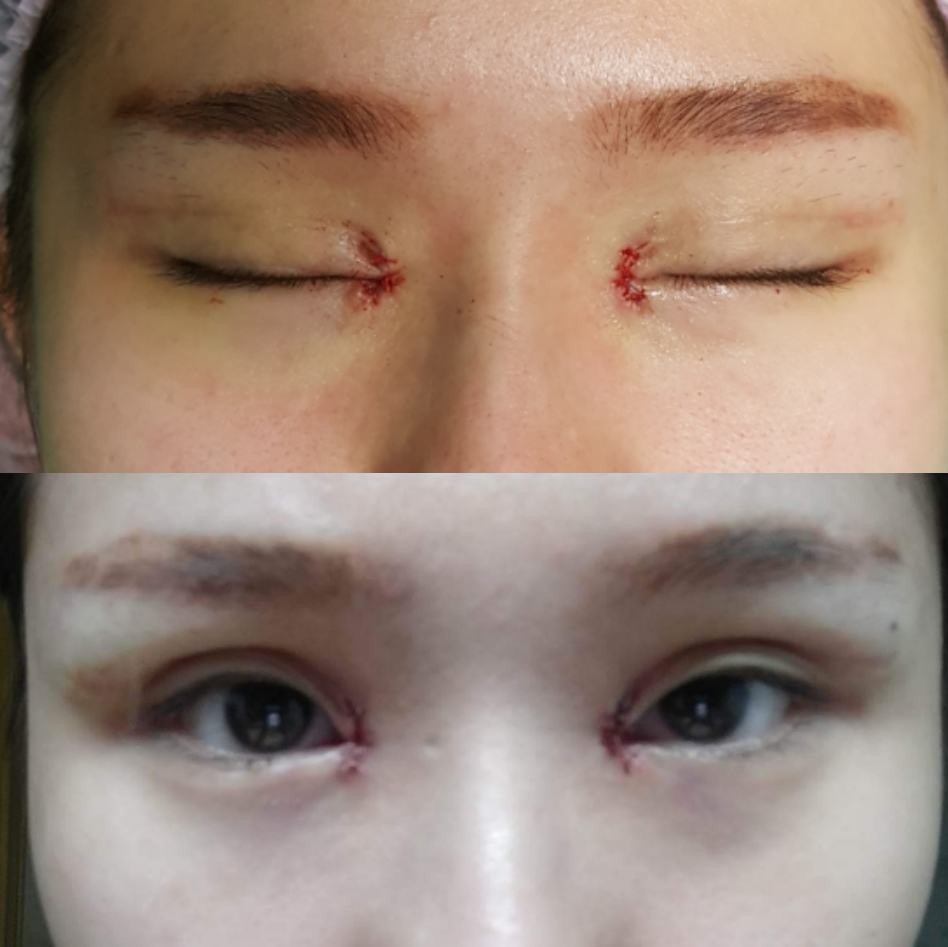
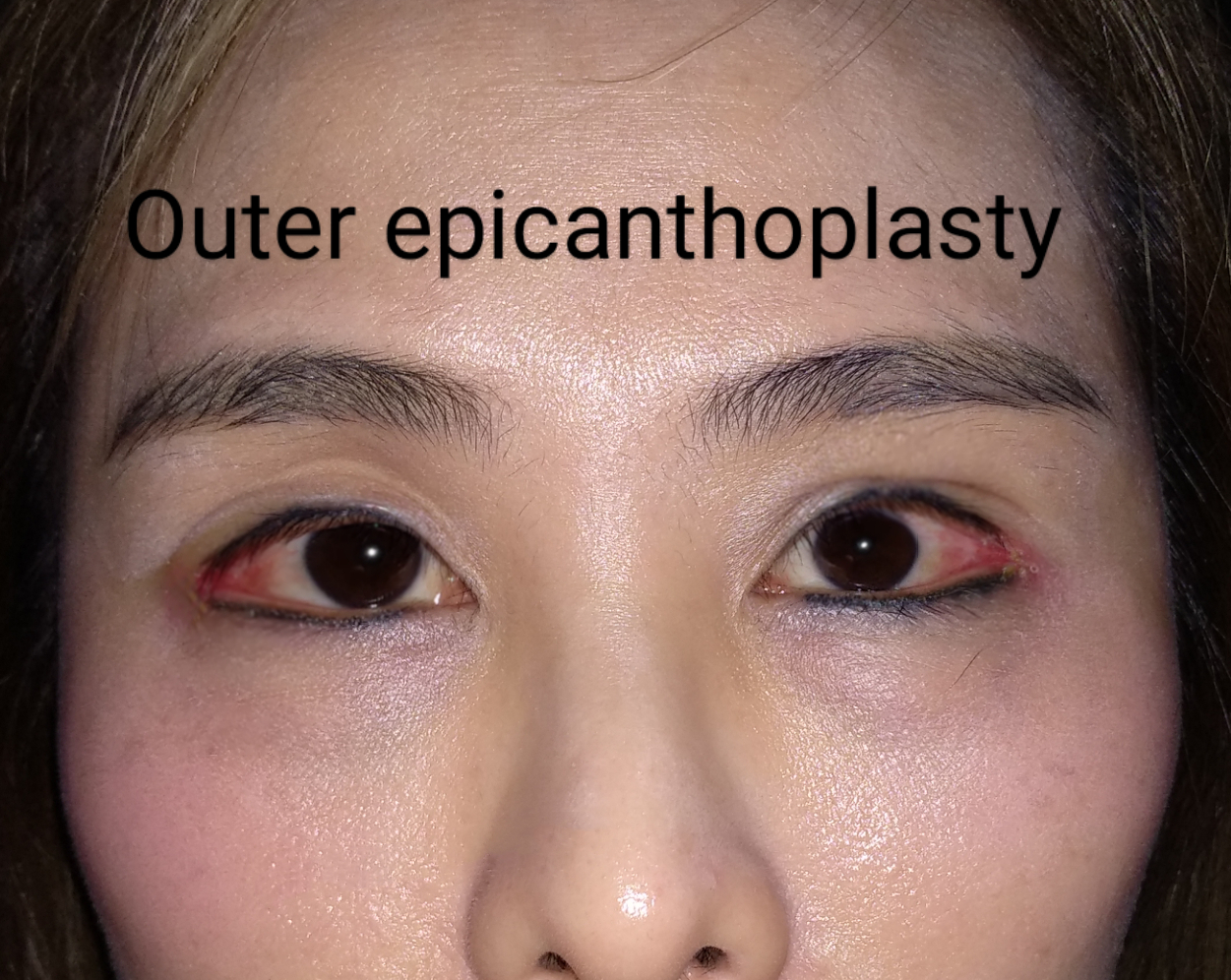
.jpg)
.jpg)
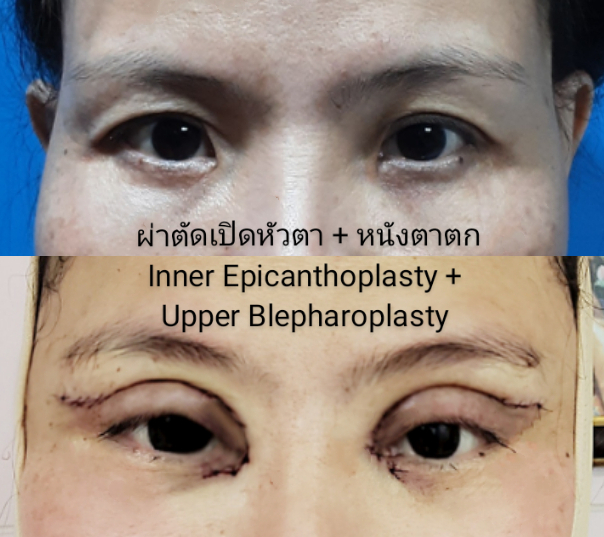
*Inner (medial) Epicanthoplasty costs 20,000 THB for both sides*
*Outer (lateral) Epicanthoplasty costs 20,000 THB for both sides*